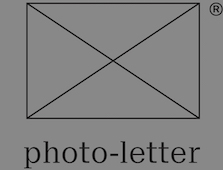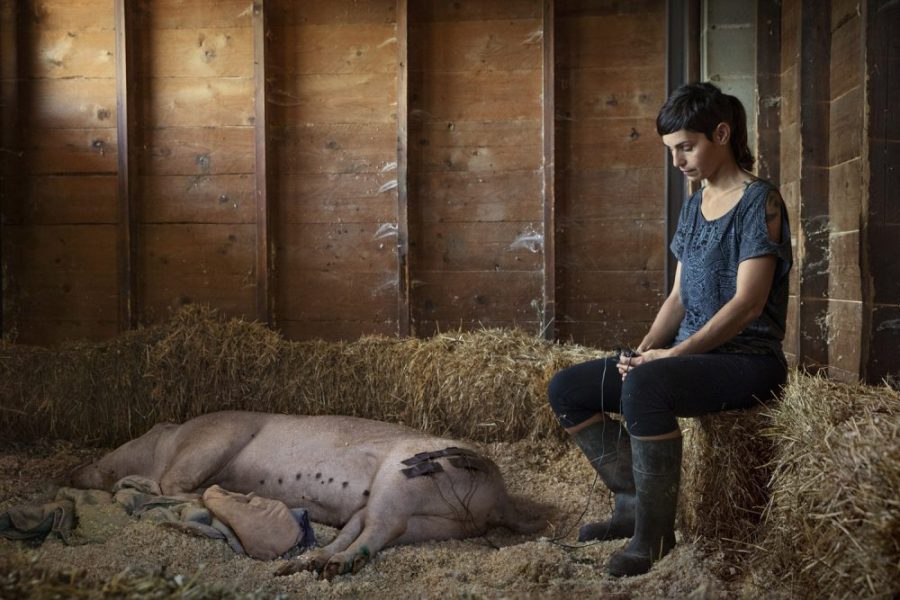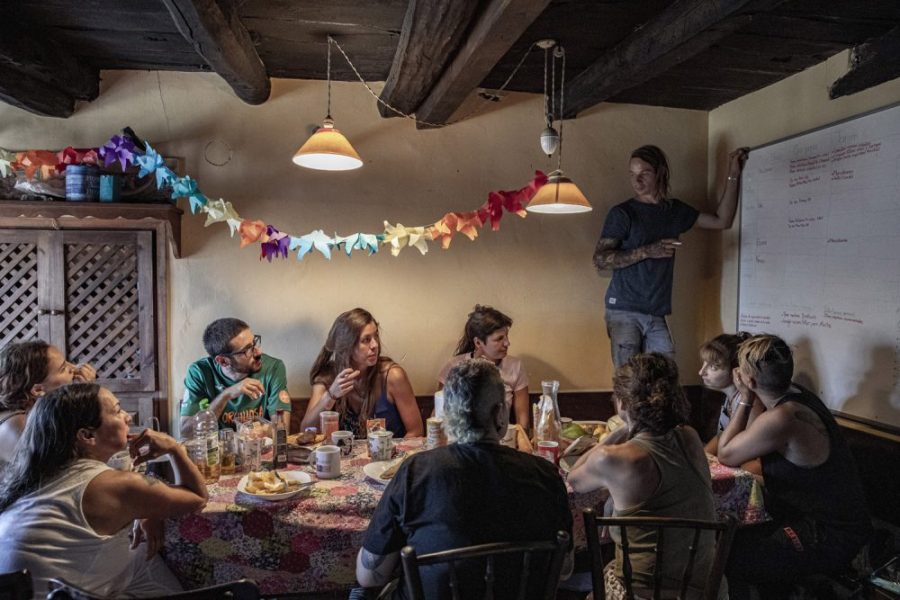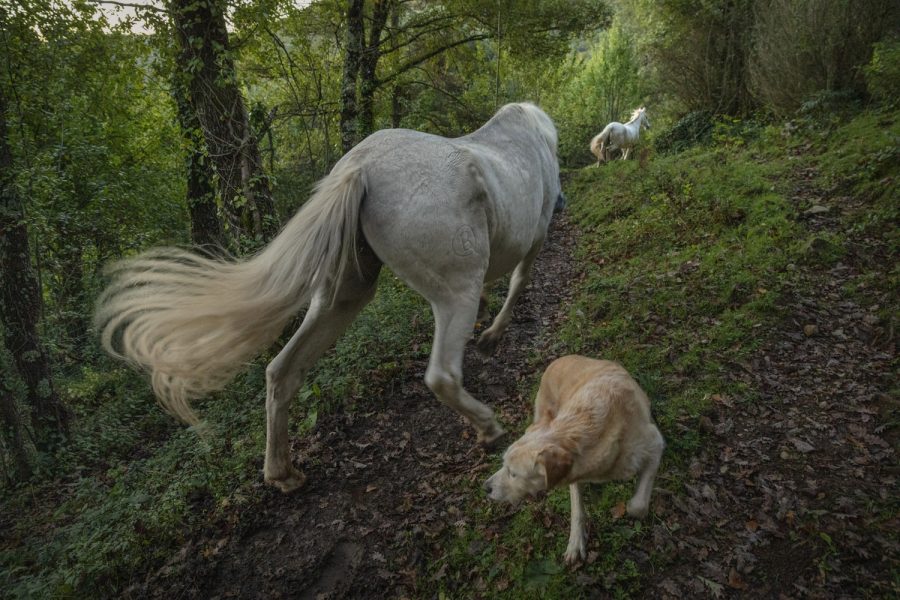Wild Love
Ana Palacios
2023 — Spain
About this series
With the Wild Love project, photographer Ana Palacios documented a grassroots movement of people rescuing injured farm animals from slaughter to take them to places where the animals could live out their days with love.
Animal sanctuaries are havens in the countryside inhabited by vegan activists who are devoted, body and soul, to rescuing animals who have been abused or abandoned.
The activists remove these creatures from the supply chain and take them to large estates in the mountains where they heal and protect them, providing them with a safe place to live and a lifetime of care and attention until they die natural death.
Wild love is an ongoing documentary project started in 2020, carried out at four animal sanctuaries in Spain at the moment: El Hogar Animal Sanctuary, Gaia Sanctuary, Scooby and Eden Sanctuary.
Photographer: Ana Palacios
Nationality: Spanish
Based in: Madrid, Spain
Website: www.ana-palacios.com
Instagram: @anapalaciosphoto
Ana Palacios is a journalist and a documentary photographer focused in human rights issues shining a light on broken corners in collaboration with NGOs such as Manos Unidas, Africa Directo and UNICEF.
In 2021 she was awarded the National Geographic Society’s Emergency Fund for Journalists, selected for the New York Times Portfolio Review and nominated for the Leica Oskar Barnack Award.
Her work has been awarded, exhibited and published worldwide (National Geographic, The Guardian Weekend Magazine, Al Jazeera, Stern, Der Spiegel, New Internationalist, Greenpeace Magazine, Rhythms Magazine Taiwan, Het Blad, Terra Mater, 6 Mois, Days Japan, El País Semanal, La Vaguardia Magazine, XL Semanal, Tiempo, etc). She has published three books: “Albino”, about the pledge of the albinos in Tanzania, “Art in Movement” about the art as a social change in Uganda and “Slave children: The Back Door” about the reinsertion of slave children in West Africa. She has also directed her first documentary on this last topic available on Filmin.
She is a public speaker at universities, photography festivals and other educational centers in order to instruct, educate and inspire topics regarding Human Rights. She is also a member of national and international photo contest juries.











